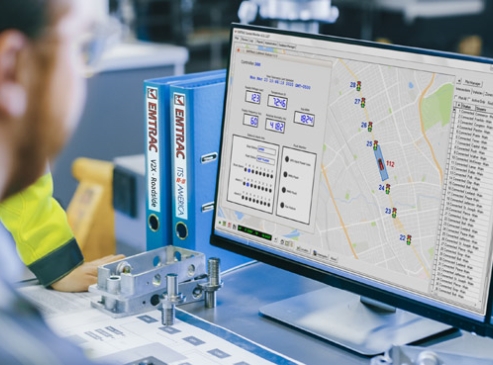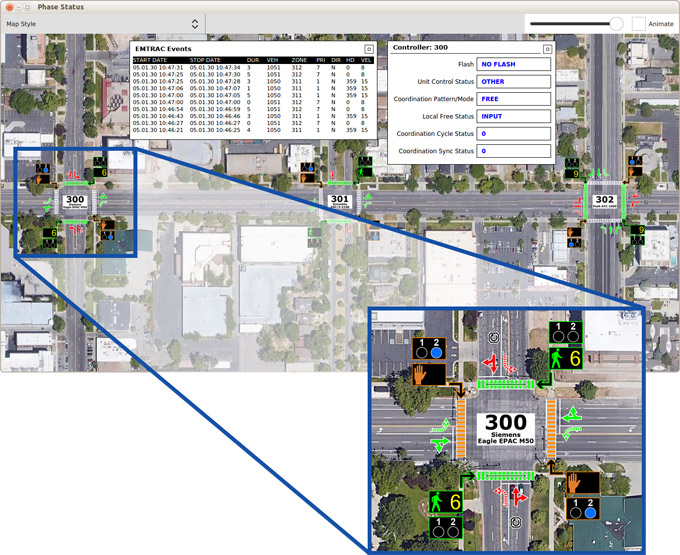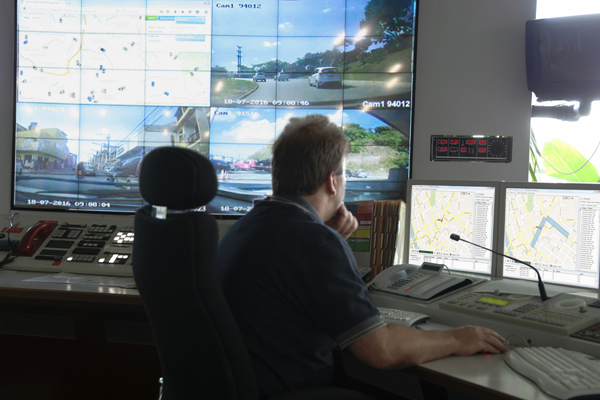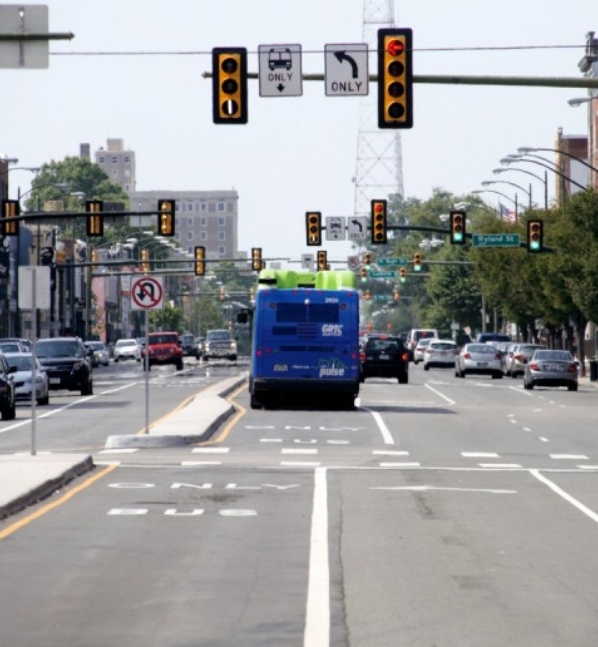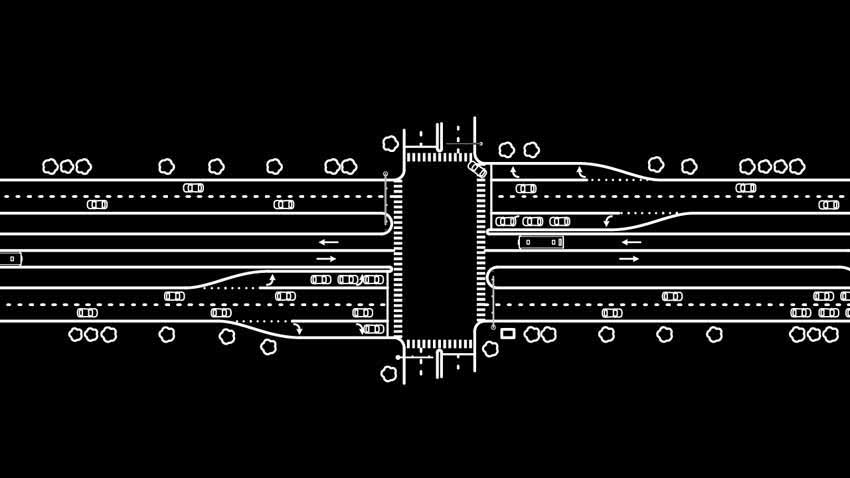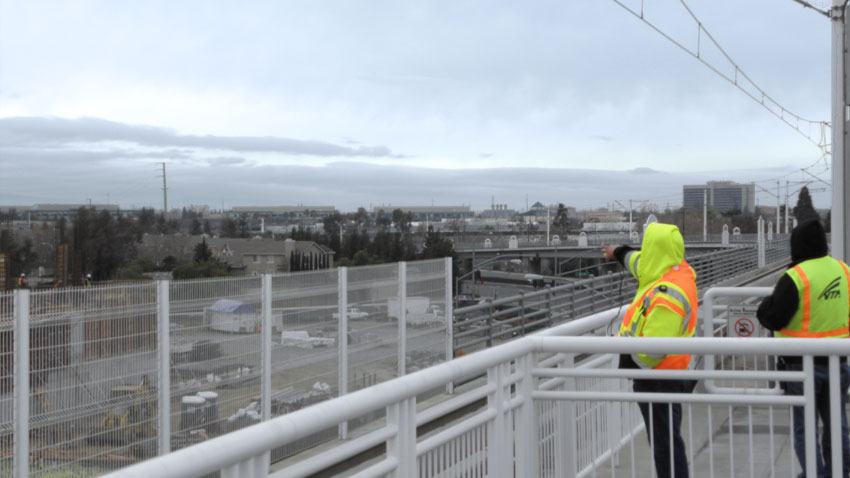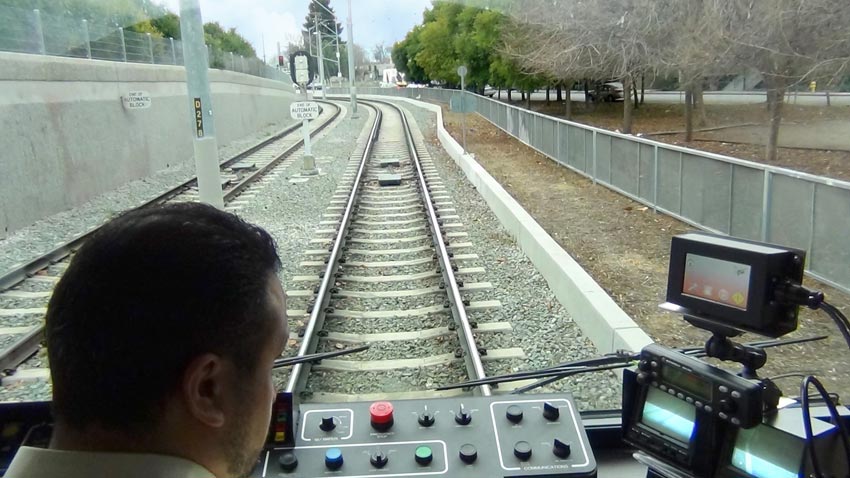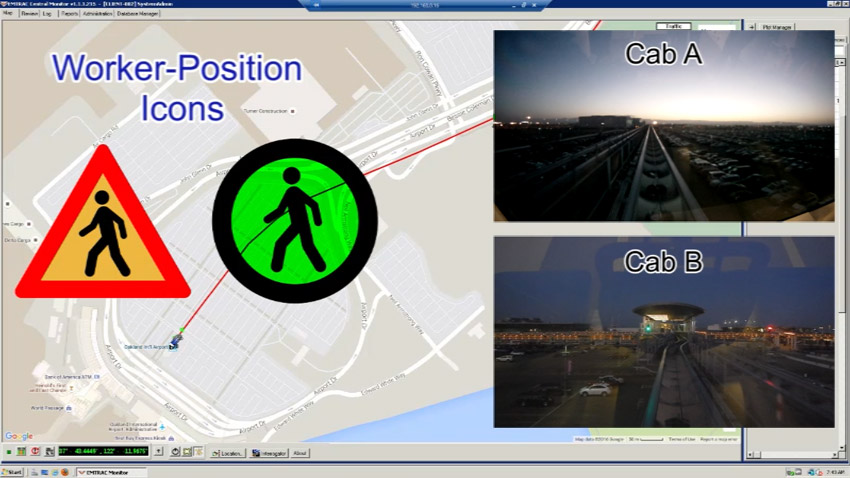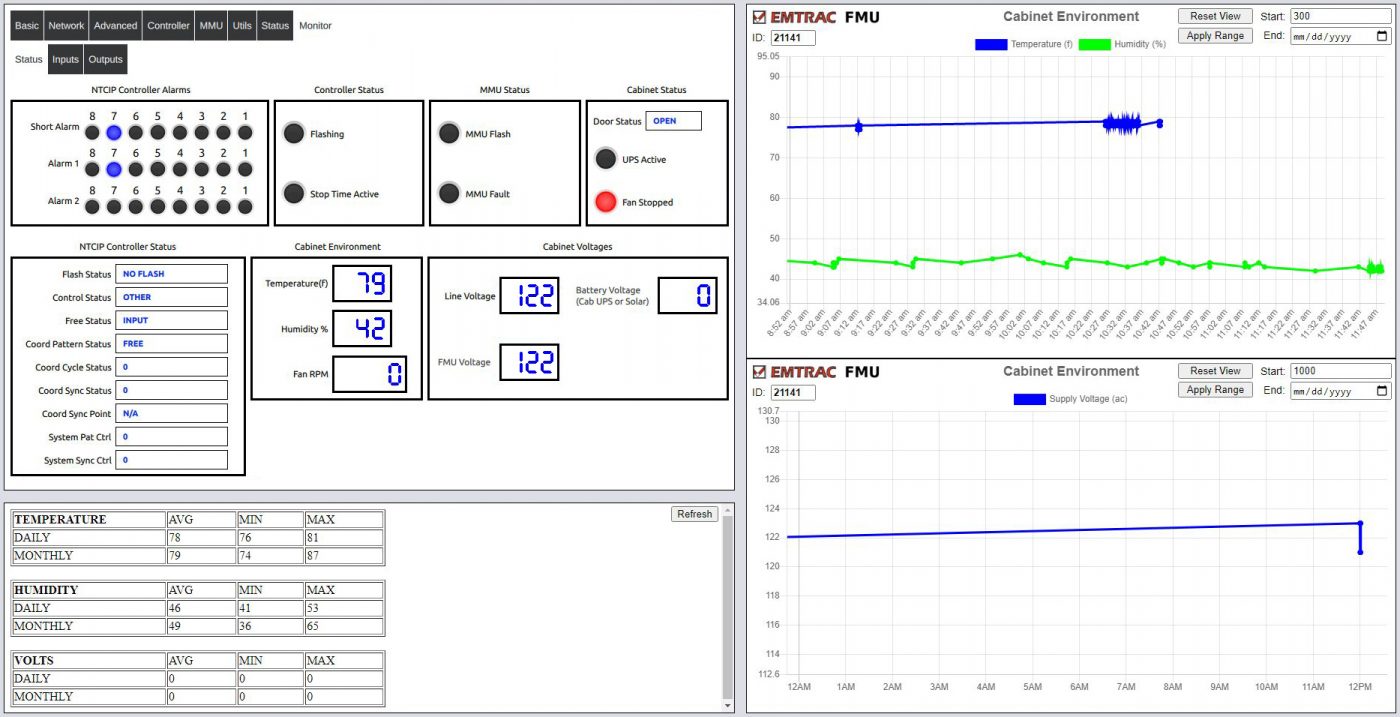
System readiness starts at the control cabinet—and cabinets in remote locations are no exception. The Cabinet Status module provides alerts to designated personnel when faults are detected or when environmental or performance parameters fall outside defined thresholds.
Monitored states include power-supply status, cooling-fan speed, cabinet temperature & humidity, door status, as well as NTCIP-standard indicators to provide alerts when a wide range of system faults are detected. EMTRAC hardware provides accurate GPS time for all events and can provide corrections to controller real-time clocks.

